() – For most of the last century, the history of Gresham Palace closely reflected that of the city in which it was built.
Built at the beginning of the 20th century in prosperous Budapest, it quickly became the fashionable place in the Hungarian capital. After enduring two world wars, it suffered the abandonment of communism before rising majestically once again in June 2004 to become one of the grandest hotels in the city, perhaps even in central Europe.
This summer, the building—one of Budapest’s finest examples of art nouveau design—celebrates two decades in its most recent incarnation, the Four Seasons Gresham Palacea luxury hotel with panoramic views of the mighty Danube River.
The anniversary marks a new milestone in the conservation of this architectural gem that was ahead of its time when it was built and, at the same time, is a celebration of the intellectual golden age in which it emerged.
Gresham Palace was conceived at the time when Budapest became one of the largest cities in Europe, following the 19th century unification of prosperous Buda on one side of the Danube with rapidly developing Pest on the other. and the absorption of nearby Óbuda.
At that time, the Chain Bridge was the main link across the river, so it was decided to build the palace on the Pest side to act as a kind of brick and mortar gatekeeper.
“After the unification of Buda, Pest and Óbuda in 1873, Budapest became a large cosmopolitan city, a European capital,” József Laszlovszky, director of the cultural heritage studies program at the Central European University, explains to . “Buda and Pest, for a long time, were only connected by the Chain Bridge, so Széchenyi Square, at the end of the bridge on the Pest side, was one of the most prominent public spaces, with Gresham Palace dominating both.”
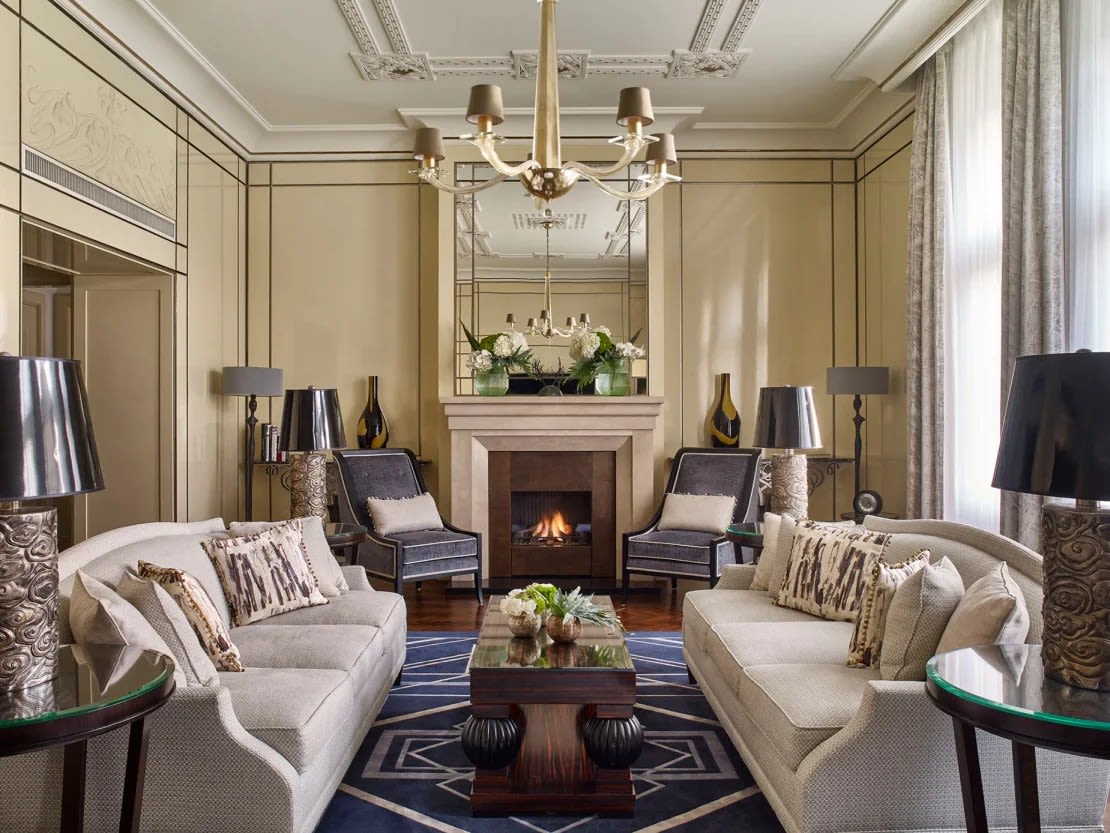
Widely adored today, the construction of the Gresham in 1906 was also a love story: it is also known locally as the “palace of hearts”. The heart motifs carved into the building are said to have been added by the architect, Zsigmond Quittner, out of his love for a future tenant of the palace.
Another, more likely story says that the hearts were inspired by a passionate romance between Countess Irma Széchenyi and Thomas Gresham, an Englishman who was behind the building’s construction. Gresham is said to have given Széchenyi a heart-shaped pendant which she requested to be woven into the fabric of the palace.
Quittner, who was commissioned by the Gresham Life Assurance Company After building the palace, he created, with the help of his partner József Vágó, an excellent example of Art Nouveau architecture, imbued with the avant-garde style of Vienna and Paris at the time.
It was built to reflect the grandeur of the powerful Austro-Hungarian empire of the time, with luxurious interiors and detailed iron work. The famous glass painter and mosaicist Miksa Róth was also hired to create ornate exterior glass mosaics and stained glass windows.
The palace was not only an architectural triumph, but also a center of technological innovation, with central heating and a pioneering dust extraction system. The building also had a “T”-shaped shopping arcade with a glass roof, a novel concept in Budapest at the beginning of the 20th century.
Once completed, Gresham Palace became the most sought-after address in Budapest, as a residence for the wealthy and a place to shop and be seen in the exclusive boutiques and cafes on the ground floor.
Throughout its history, the palace served Budapest as a cultural center, housing the famous Gresham-Venezia café and the Pódium cabaret, known for its satirical and sometimes politically daring shows. However, the Soviet siege of Budapest in 1944 left the building severely damaged, and its subsequent nationalization under the communist regime in 1948 led to further decline.
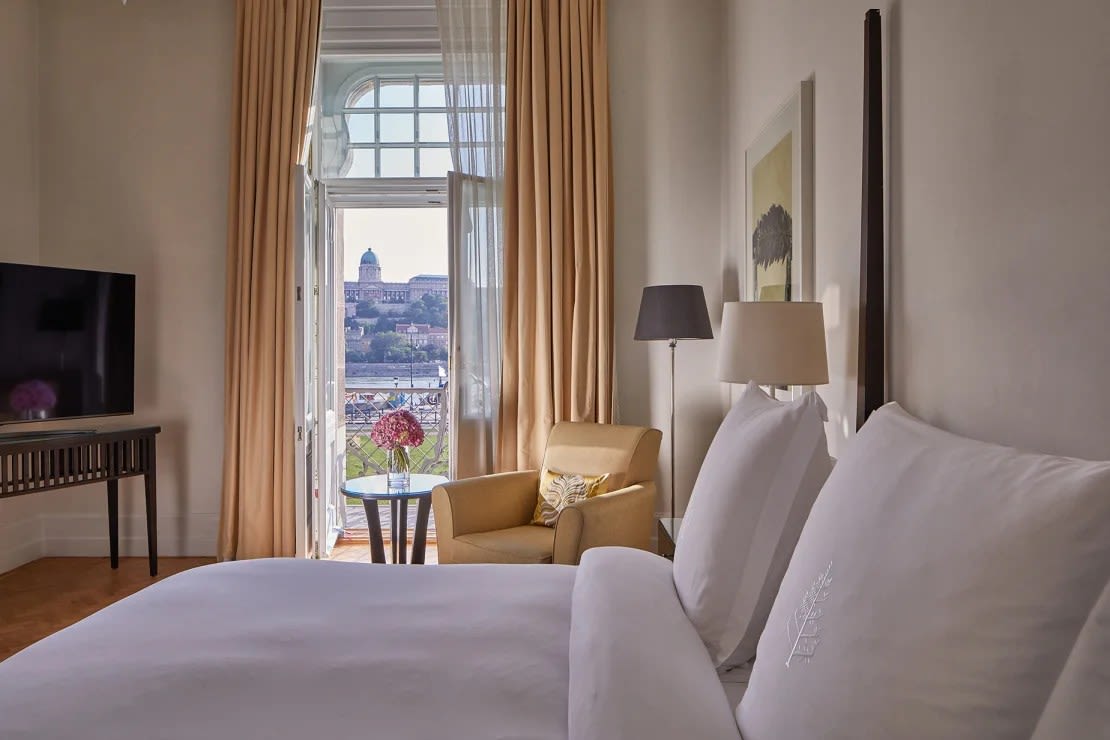
“Gresham Palace and its café were famous among artists and collectors,” says Laszlovszky. “The so-called Gresham Circle was an informal but very important artistic meeting place before the Second World War.
“Members of the circle, such as Róbert Berény, Pál Pátzay, Béni Ferenczy, József Egry, István Szőnyi were painters or sculptors, the best artists of the time. Curiously, they followed different artistic trends, but they were all influential people in the artistic life of the time.”
Despite suffering during the war and enduring decades of neglect, the spirit of the palace appeared to survive intact until 2001, when luxury hotel group Four Seasons embarked on an ambitious three-year project to restore the building’s original splendor and integrate the at the same time modern luxuries.
A team of prominent Hungarian architects, interior designers and craftsmen were brought together for the project. Architect Gabor Kruppa was responsible for the complete reconstruction of the palace, together with restoration artist Miklós Szenkirályi.
“It took thousands and thousands of hours for a unique team of highly qualified masters in various crafts to turn this magnificent Art Nouveau gem into a brilliant jewel,” Szenkirályi said at the time. “Gresham Palace has been reborn in wonderful unity, serving as a crown jewel of extraordinary beauty that complements our magnificent Chain Bridge.”
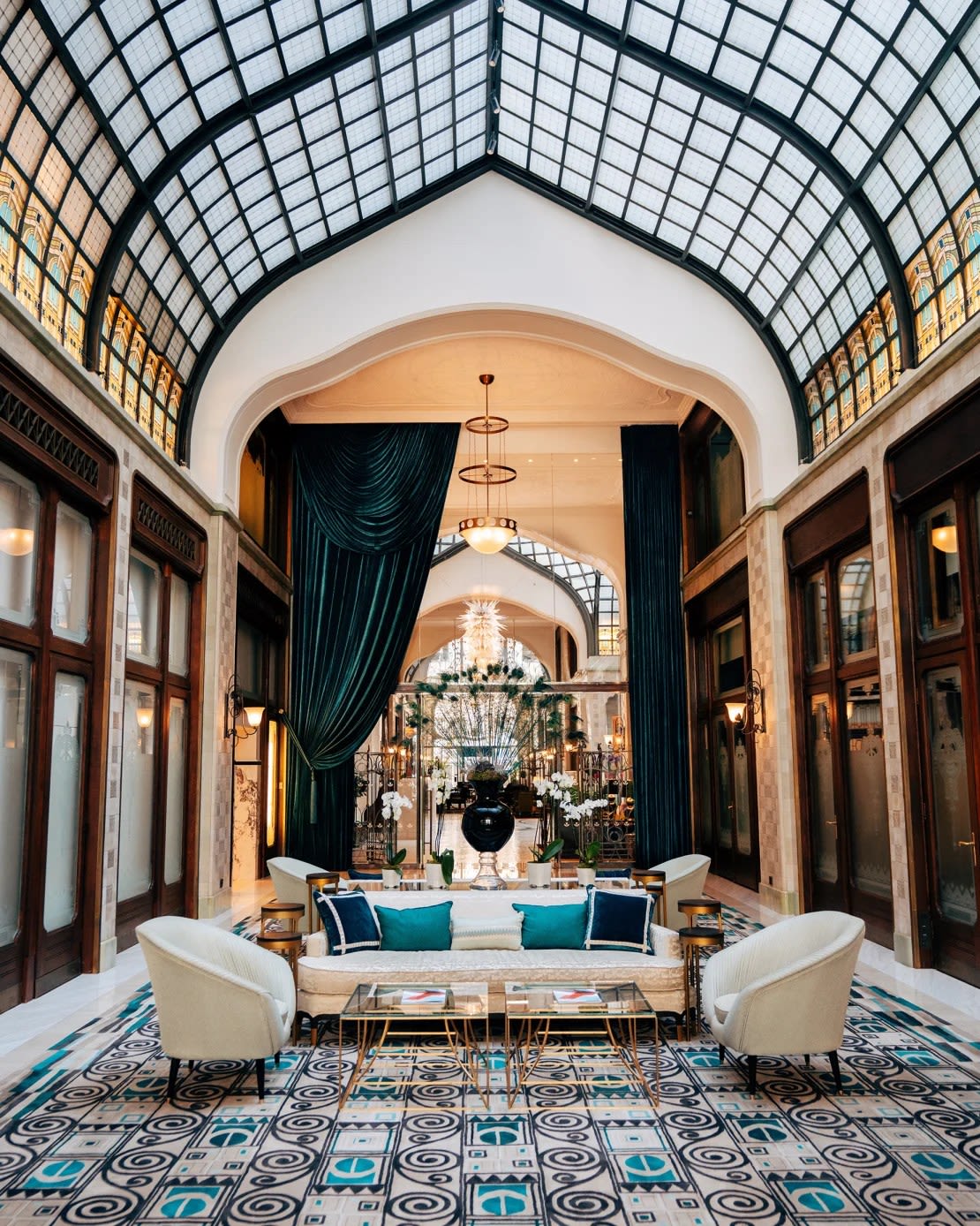
Since reopening in 2004, the Four Seasons Hotel Gresham Palace has provided visitors with a well-appointed sanctuary, offering 179 rooms and suites with panoramic views of the Danube or cityscape. Its interiors, from the grand lobby to the spa, exude a majestic air.
“Gresham Palace is one of the most emblematic buildings in Budapest and today, by its mere existence, its unique location and its architecture, it forms the image that the city presents to any tourist who wishes to explore it,” Thibaut Drege explains to Travel. , general manager of the hotel.
“The fact that Four Seasons was able, 20 years ago, to renovate such a gem reflects the extraordinary history this building has experienced since its creation. Ultimately, it is this architecture that reflects an era when Budapest ranked high as a destination for European high society. The city is now regaining this position, with growing interest especially from high-end travellers.”
In addition to luxurious accommodation, hotel guests and visitors will be able to enjoy some of Budapest’s best places to eat and relax.
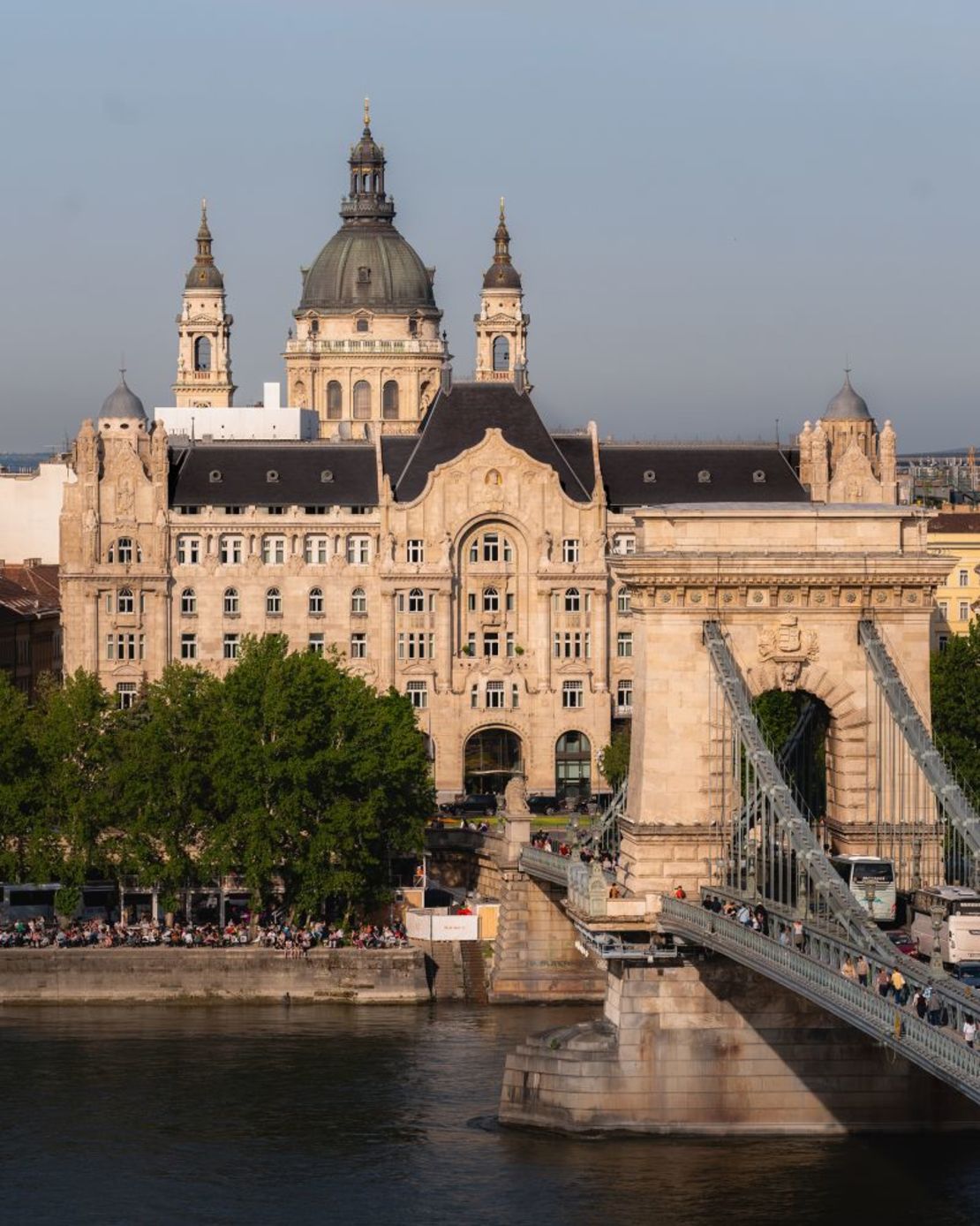
Among them is KOLLÁZSa contemporary French brasserie offering what is arguably the grandest setting in Budapest. The venue serves local Tokaji wines, craft cocktails and a menu created by executive chef Árpád Győrffy, one of the finalists of the prestigious Bocuse d’Or Hungary competition.
The bar MÚZSA The hotel also offers craft cocktails and Asian food in a setting designed to transport visitors to Budapest’s golden age. The place also has a cultural program with ballet evenings and live performances.
In a city famous for its thermal baths, you cannot miss a luxurious spa with steam baths, a relaxation pool and a “Hungarian mud” treatment, popular with Hollywood stars.










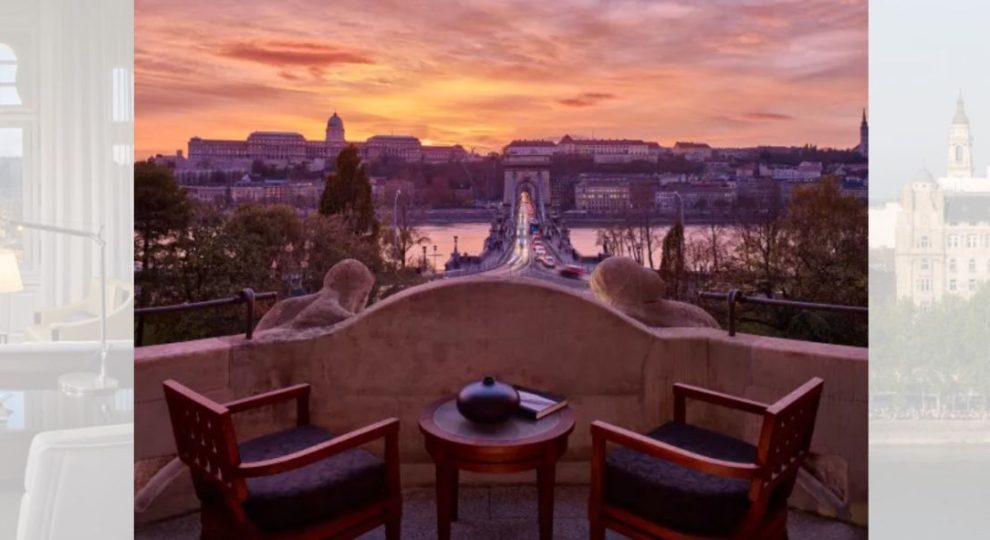



Add Comment